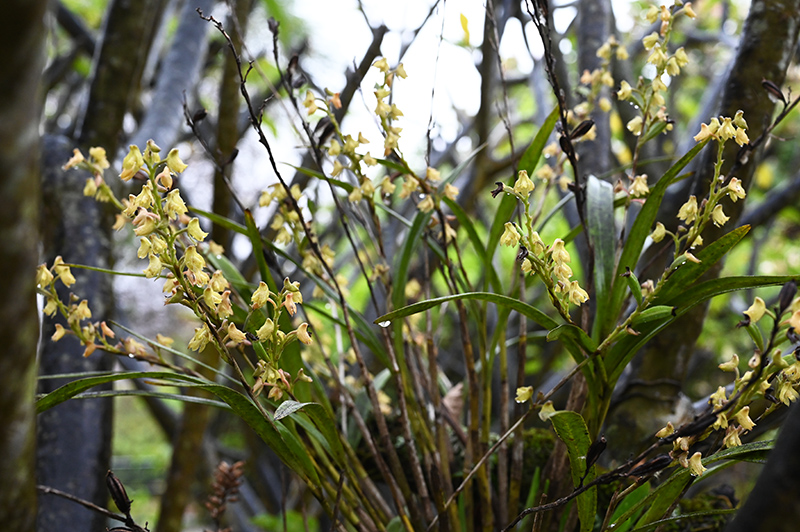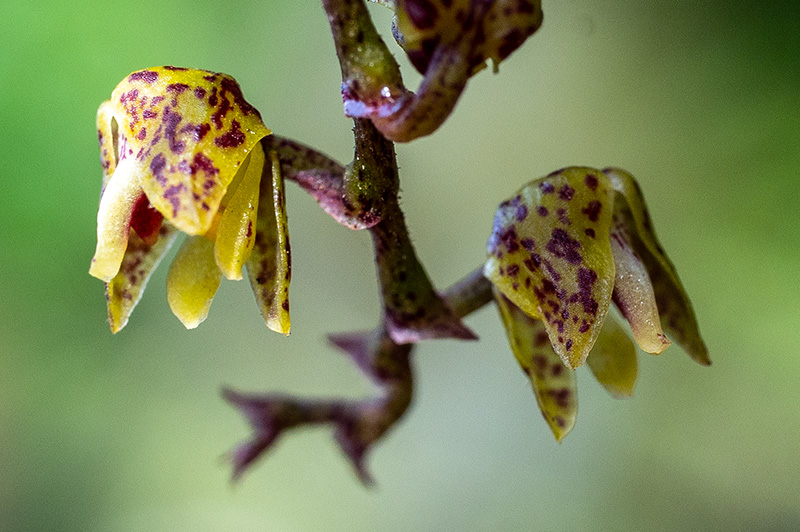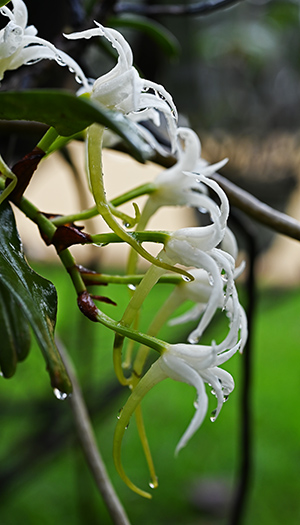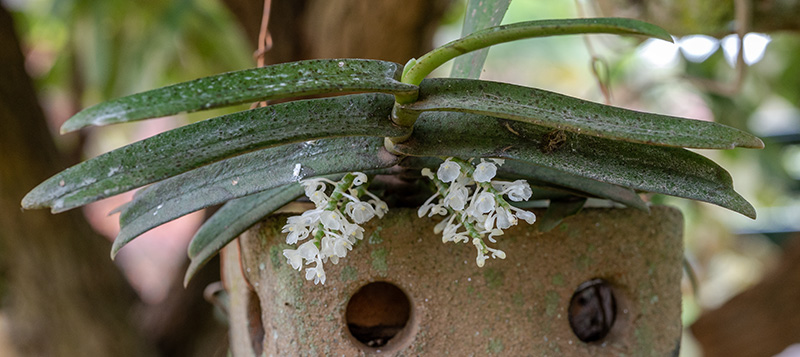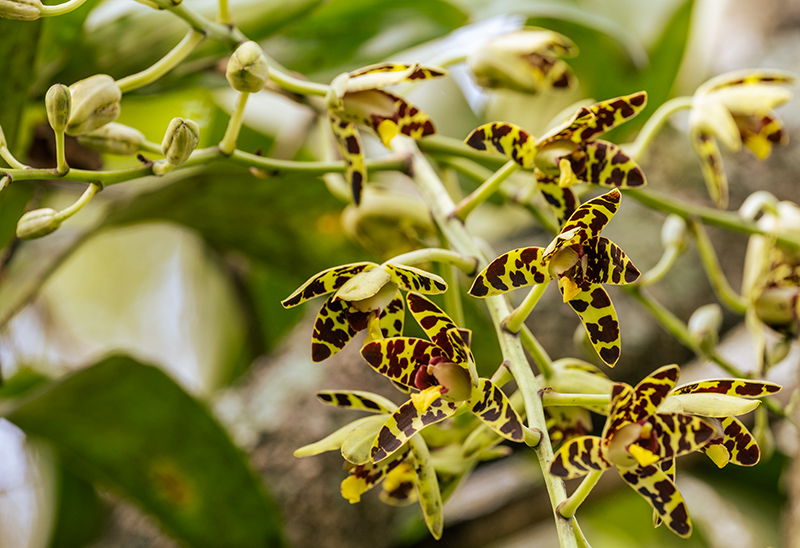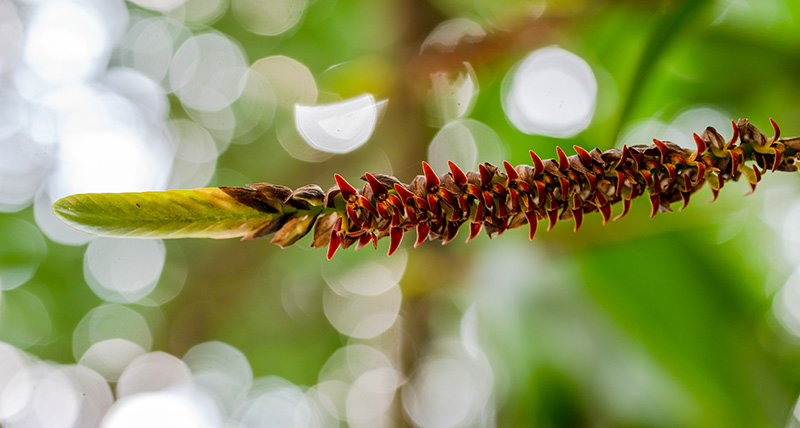Kigali
The sky above Kigali belongs to the black kites. A large colony of Milvus migrans is greeting us in large colonies right on the evening of our landing on September 24, 2022. And in the morning we can experience the birds of prey at the Urban City Blue hotel, gliding elegantly along. With Tobias Wohlleben, I try to capture the birds in flight - breakfast is no longer important.
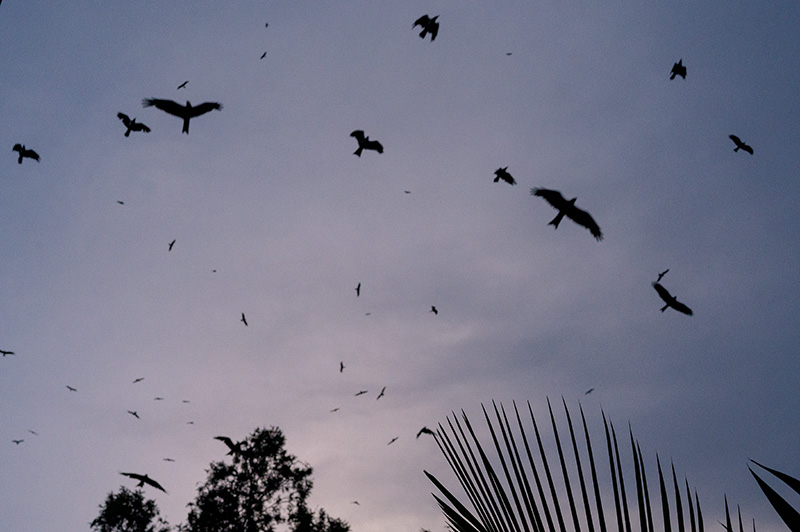
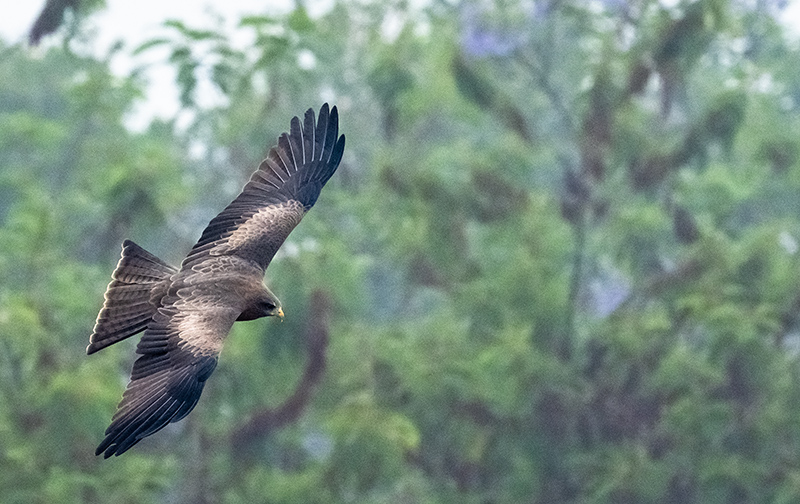

On September 25, we first visit the Kandt House with its memories of the colonial history of Rwanda as well as of first scientific explorations. The house is named after Richard Kandt (1867-1918), who as "Imperial Resident" of Rwanda, part of the colony of German East Africa, chose to reside in Kigali. In 1898, Kandt discovered one of the sources of the Nile in Nyungwe Forest - the research report entitled Caput Nili - a sensitive journey to the sources of the Nile is an interesting read.
Afterwards we are at the Kigali Genocide Memorial, commemorating the victims of the 1994 genocide. So many families are still marked by it today, scarred by trauma. And yet it is amazing how much the country has achieved since then, what joy of life most people radiate.
In a palm tree on the grounds of the memorial, we admire a turaco.
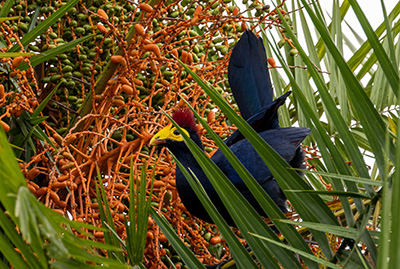
In the orchid garden of Père Jean-Paul
In the afternoon we are with Jean-Paul Lebel, a Canadian priest of the Salesian order and botanist, who has created an impressive orchid collection in the garden of Don Bosco House in Kigali. I had already visited him in 2018. He is co-author of The Orchids of Rwanda, together with Eberhard Fischer, Dorothee Killmann and Gilbert Delepierre. The first edition was published in 2010. Since there are several new orchid species which have been discovered in the meantime, experts are hoping for a second edition.
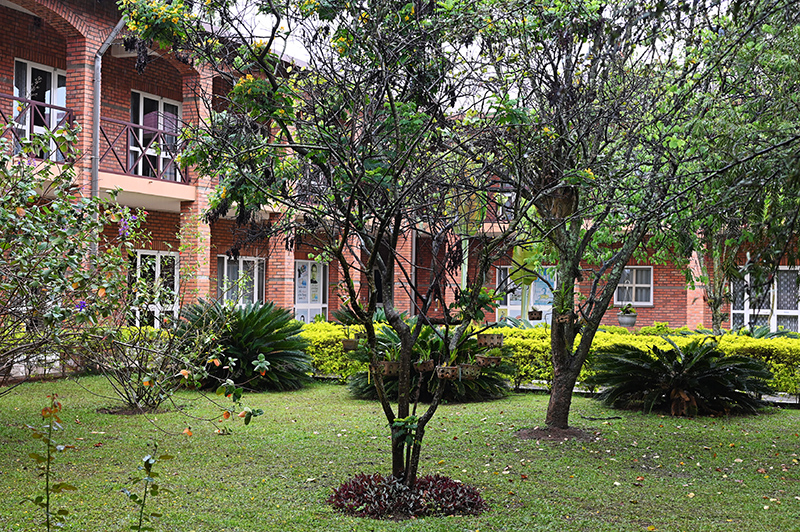
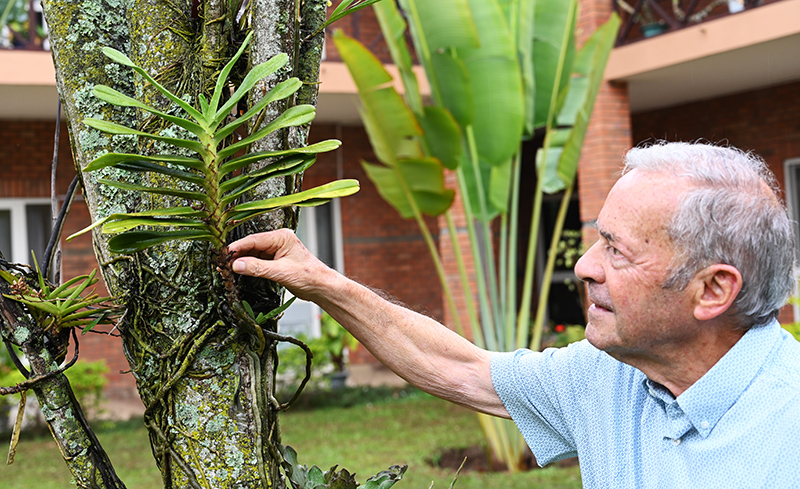
Jean-Paul shows me an orchid, which I can also see later in the rainforest: Aerangis ugandensis is at home in Rwanda, Congo, Kenya and - after all, that's its name - Uganda.
Many flowers has Polystachya benettiana, which grows in the dry savannah in Rwanda, beyond that also in other countries in tropical Africa, from Nigeria to Ethiopia.
The genus Polystachya includes at least 240 species, most of which are native to Africa. What they have in common are the non-resupinated flowers, which means that the flower style does not turn 180 degrees as in most other orchids. With the sepals hanging down, the flowers look like little bells. English botanist William Jackson Hooker (1785-1865) separated the genus as distinct from the genus Dendrobium in his three-volume Exotic Flora (1823-1827):
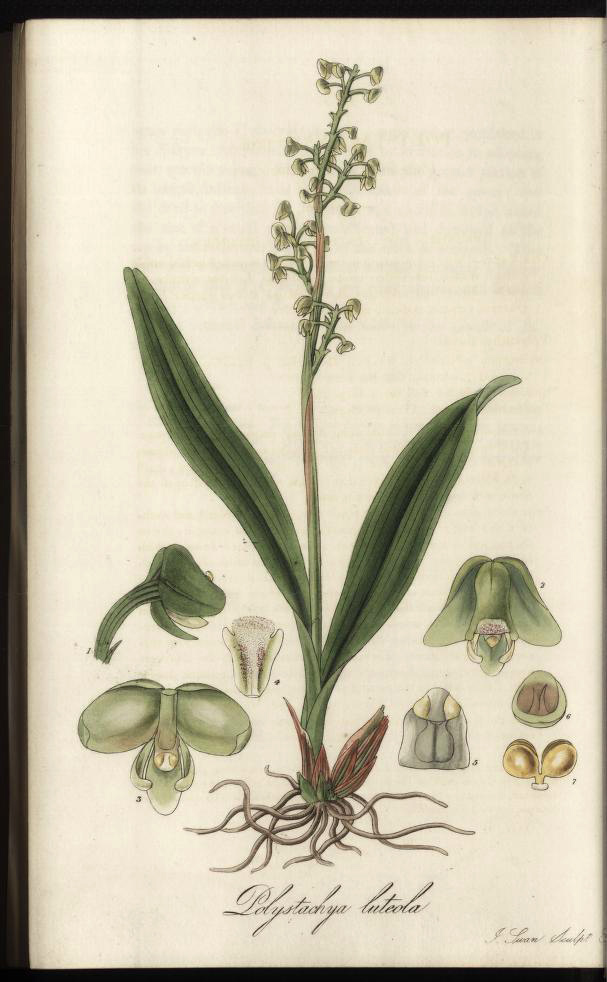
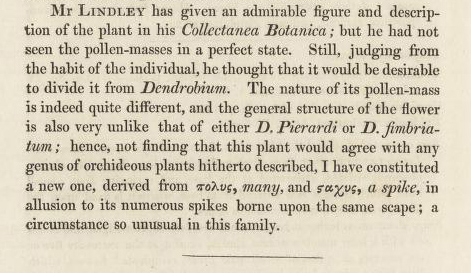
Most of the other Polystachya species in the Don Bosco garden can also be seen in the wild. However, I will not encounter Polystachya pachychila, which grows with its special spotted flowers in the Eastern Congo and Nyungwe forest:
Numerous orchids of other genera also hang from the branches of avocado and other trees. The star-shaped flowering Cyrtorchis arcuata, which actually grows in dry areas, has three sepals and petals of the same shape. The subspecies Cyrtorchis arcuata subsp. whytei, on the other hand, blooms in mountain rainforest, as Jean-Paul explains to me. I admire how, even in his old age, he radiates love for nature, which for him is one with love for God.
A special story is associated with Diaphananthe lebelii, a beautiful orchid with delicate white, almost transparent flowers - named after Jean-Paul Lebel. Eberhard Fischer and Dorothee Killmann described it in 2007 as a new species from the eastern, drier part of the Nyungwe rainforest and classified it in the genus Margelliantha. However, based on new molecular biological findings, João Farminão and others transferred the species to the genus Diaphananthe in 2018.
Adapted to drier locations is Calyptrochilum christyanum, which is already indicated by the thicker leaves. It is represented in the drier locations in the Nyungwe, but is also widespread elsewhere in tropical Africa, between Gambia and Zimbabwe.
When I am at Jean-Paul's for a second time on October 3, Ansellia africana is in most beautiful bloom. Because it hangs high up in a tree, the new telephoto lens is used, with a focal length of up to 400 mm on the Nikon Z 7II I am almost at eye level with the flowers.
On the way a pretty white-browed robin (Cossypha heuglini) hops, Jean-Paul can imitate its call.
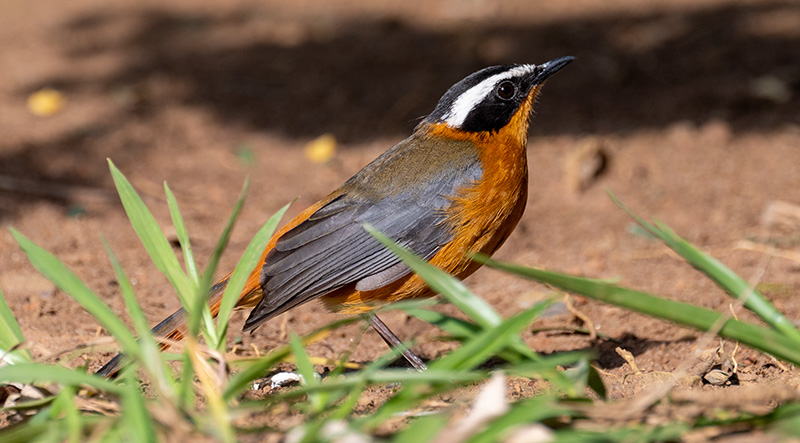
The elongated inflorescence of Bulbophyllum cochleatum var. bequaertii is particularly beautiful. The small flowers of the plant, which is also found in the Nyungwe forest, sit close together. Bulbophyllum is the largest orchid genus with more than 2000 species in South America, Africa and Asia. It is named after the distinctive pseudobulb, from which usually a single leaf sprouts.
Angraecum distichum, which also occurs in Nyungwe, has an elegant leaf structure but is not yet flowering in early October.

L
